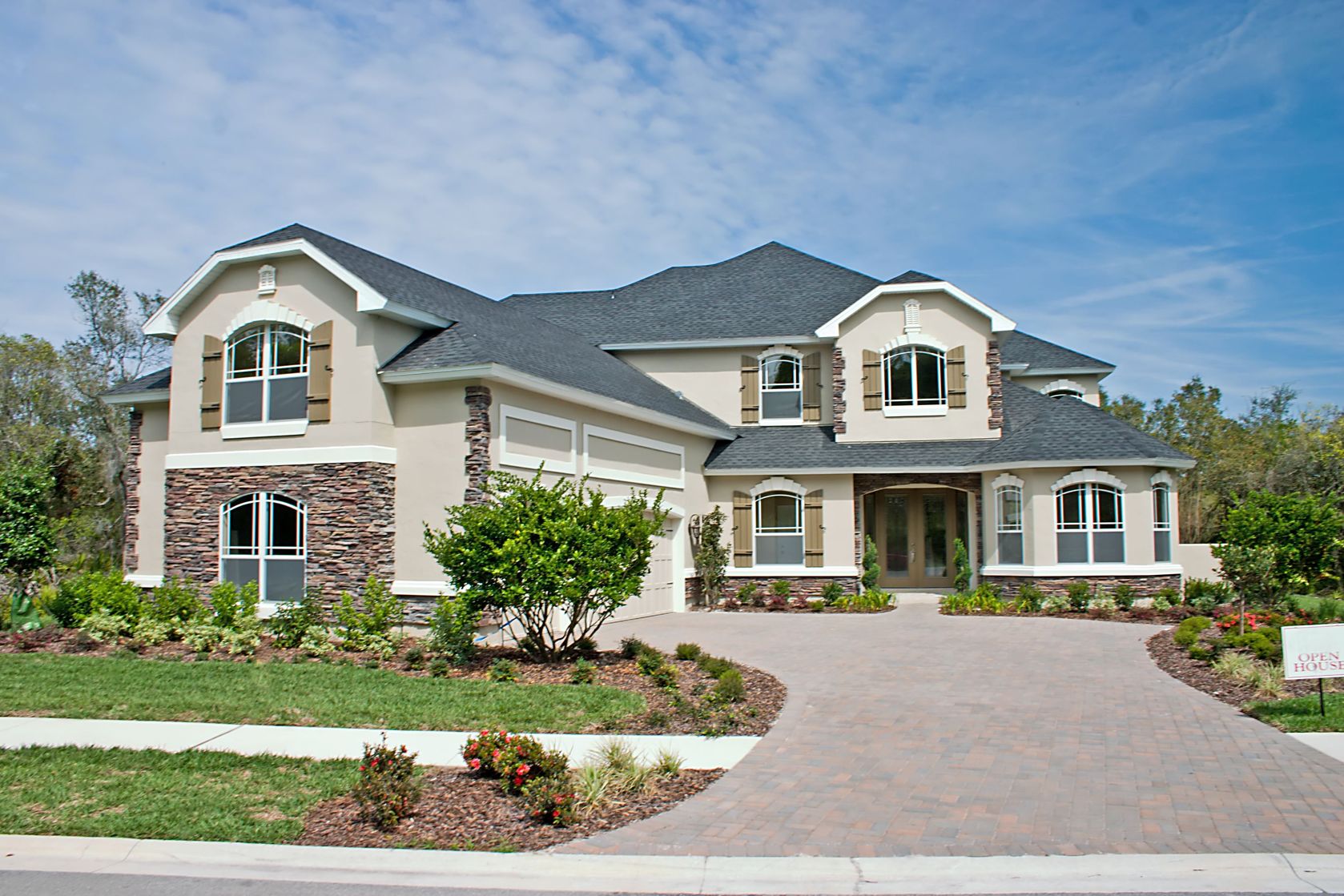Case-Shiller, FHFA Post New Records for Home Price Growth
 S&P Case-Shiller’s National Home Price Index rose by 19.80 percent year-over-year in February and was the third-largest pace of home price growth since the National Home Price Index’s inception. The 20-City Home Price Index reported that Phoenix, Arizona held its first-place ranking with year-over-year home price growth of 32.90 percent. Tampa, Florida maintained its second-place standing with year-over-year home price growth of 32.60 percent. Miami, Florida reported year-over-year home price growth of 29.70 percent year-over-year. Home prices rose faster for all 20 cities in February than in January.
S&P Case-Shiller’s National Home Price Index rose by 19.80 percent year-over-year in February and was the third-largest pace of home price growth since the National Home Price Index’s inception. The 20-City Home Price Index reported that Phoenix, Arizona held its first-place ranking with year-over-year home price growth of 32.90 percent. Tampa, Florida maintained its second-place standing with year-over-year home price growth of 32.60 percent. Miami, Florida reported year-over-year home price growth of 29.70 percent year-over-year. Home prices rose faster for all 20 cities in February than in January.
Rapid Home Price Growth Expected to Slow as Rising Mortgage Rates Take Hold
All 20 cities included in the 20-City Home Price Index posted double-digit price growth in February, but analysts cautioned that the two-month lag in reporting didn’t accurately reflect current market conditions. Recent data on home sales and mortgage applications indicated that demand for homes is slowing due to affordability challenges caused by rapidly rising home prices and mortgage rates. Economists expect the housing market to cool as would-be home buyers face mortgage qualification and affordability challenges.
Craig J. Lazzara, managing director of S&P Dow Jones Indices, said: “The macroeconomic environment is evolving rapidly and may not support extraordinary home-price growth for much longer.” Mr. Lazzara also said that rising mortgage rates have not yet impacted home-price data, but would likely do so soon.
Selma Hepp, a chief deputy economist at CoreLogic, said: “With diminished buying power and mortgage rates pushing above five percent in recent weeks, home- price growth is likely to take a step back in coming months.” Economists generally expect home price growth to slow as sales volume declines.
FHFA Reports Record Home Price Growth in February
The Federal Housing Finance Agency, which oversees Fannie Mae and Freddie Mac, reported that home prices rose by 19.40 percent year-over-year; home prices for single-family homes owned by Fannie Mae and Freddie Mac rose by 1.10 percent from January to February. FHFA reported higher home prices across all nine census divisions. Home prices grew fastest in the Mountain Division, where home prices rose by 24.30 percent year-over-year in February.
Will Doerner, Ph. D and Supervisory Economist at FHFA’s Division of Research and Statistics, said: “House prices rose to a new historical record in February. Acceleration approached twice the monthly rate as seen a year ago. Housing prices continue to rise owing in part to supply constraints.” Rising materials costs, labor, and lot shortages continued to rein in new home construction.

 Last week’s economic reporting included the National Association of Home Builders Housing Market Index, government readings on housing starts and building permits, and data on sales of previously-owned homes. Weekly readings on mortgage rates and jobless claims were also released.
Last week’s economic reporting included the National Association of Home Builders Housing Market Index, government readings on housing starts and building permits, and data on sales of previously-owned homes. Weekly readings on mortgage rates and jobless claims were also released. U.S home prices grew at a near-record pace in January according to the National S&P Case-Shiller Home Price Index; year-over-year home prices rose by 19.20 percent in January as compared to December’s reading of 18.90 percent. Home prices rose 1.80 percent on a month-to-month basis from December to January.
U.S home prices grew at a near-record pace in January according to the National S&P Case-Shiller Home Price Index; year-over-year home prices rose by 19.20 percent in January as compared to December’s reading of 18.90 percent. Home prices rose 1.80 percent on a month-to-month basis from December to January.